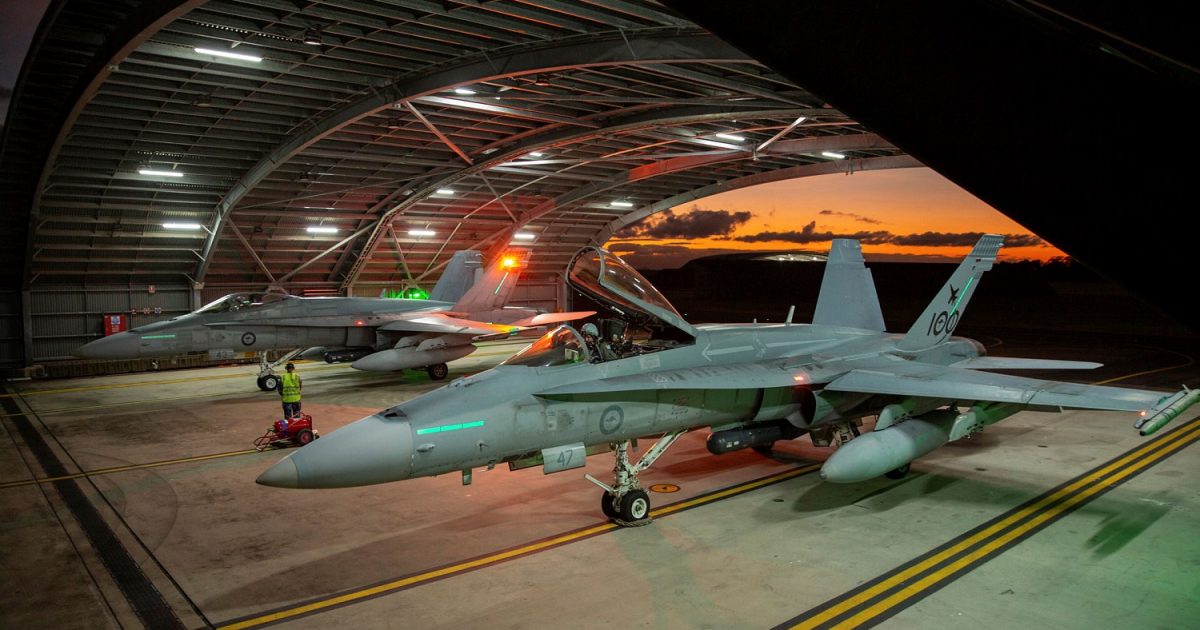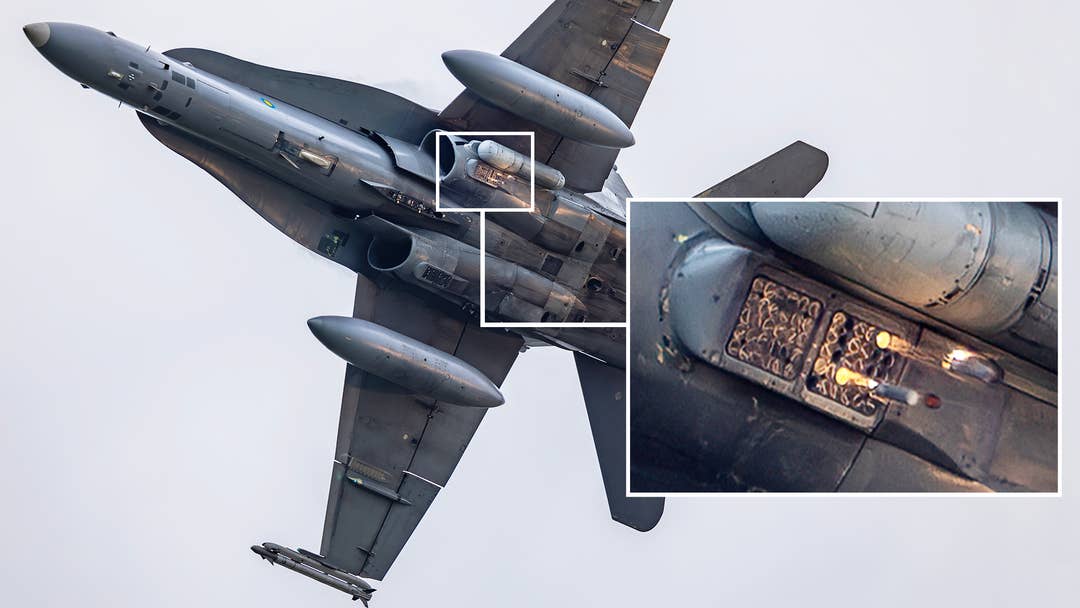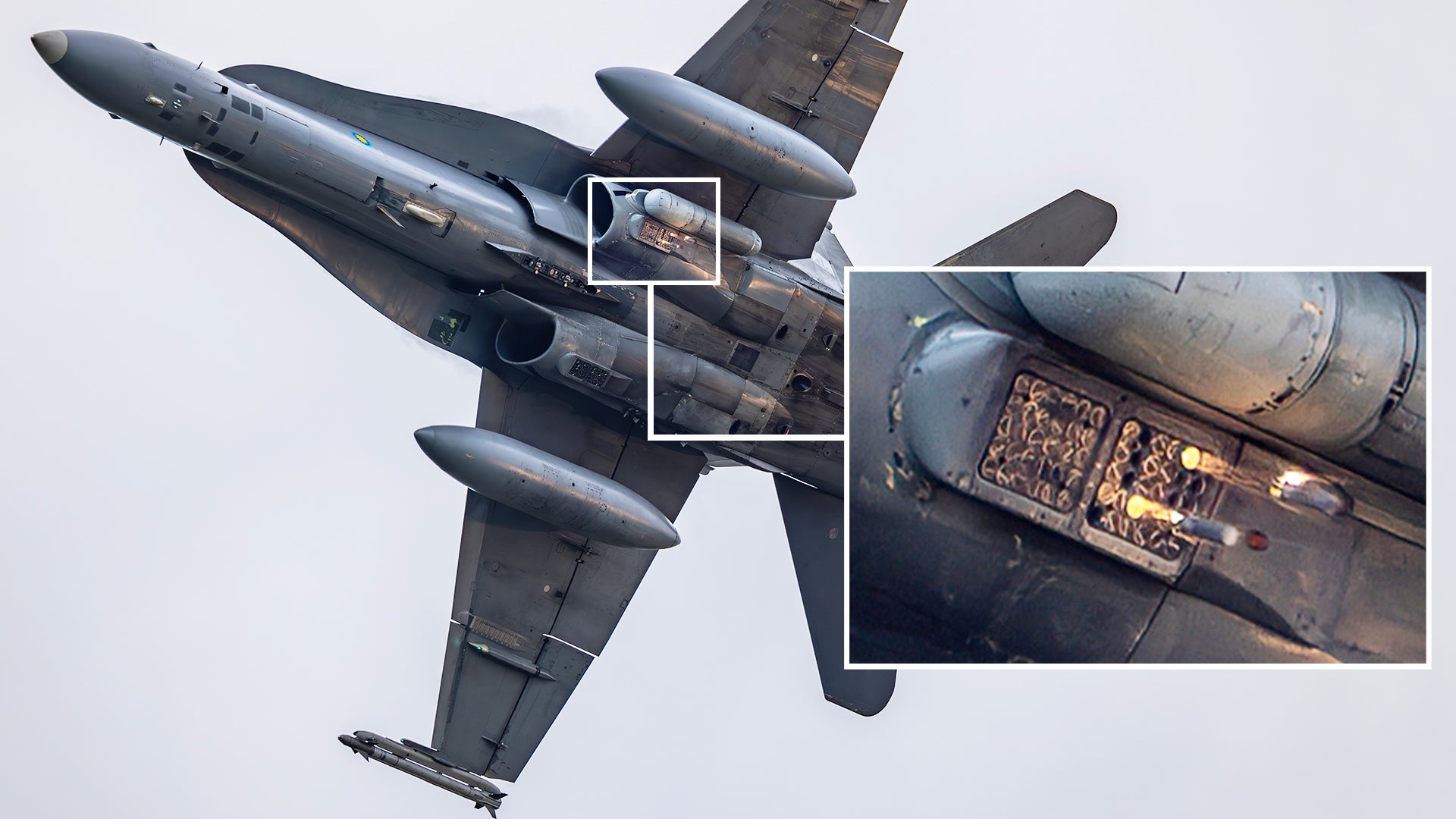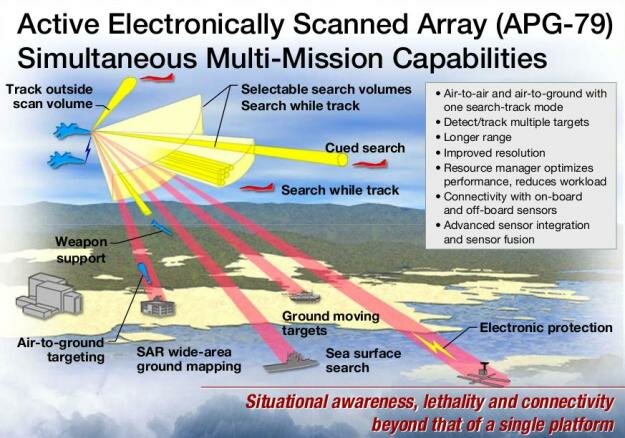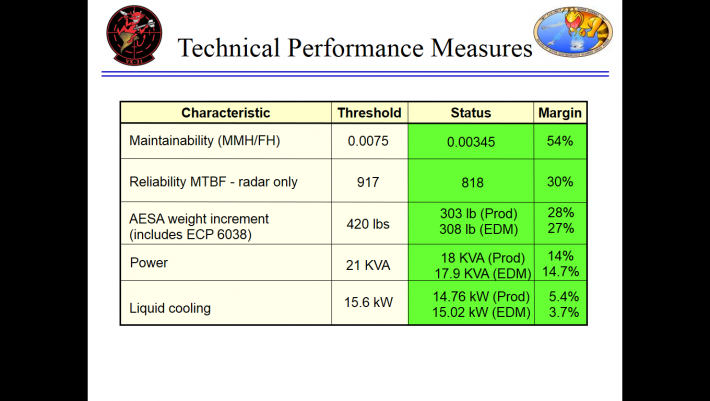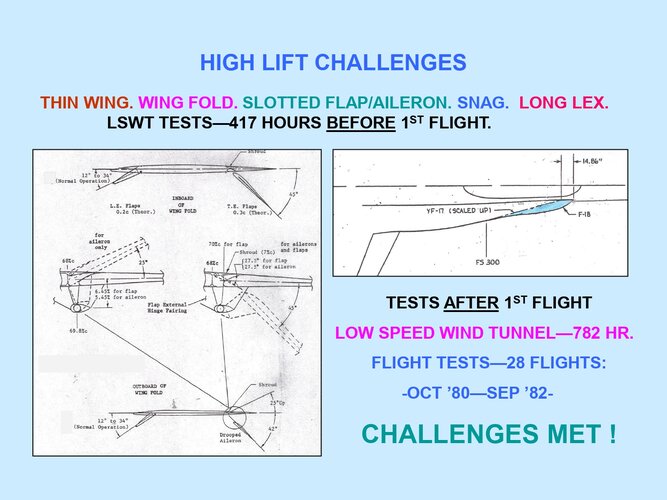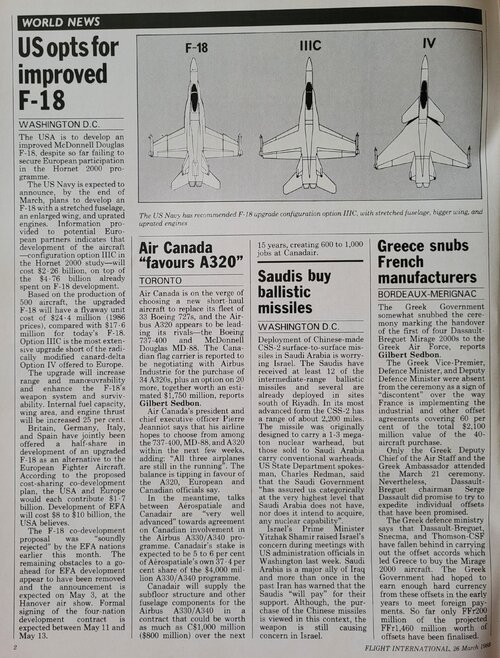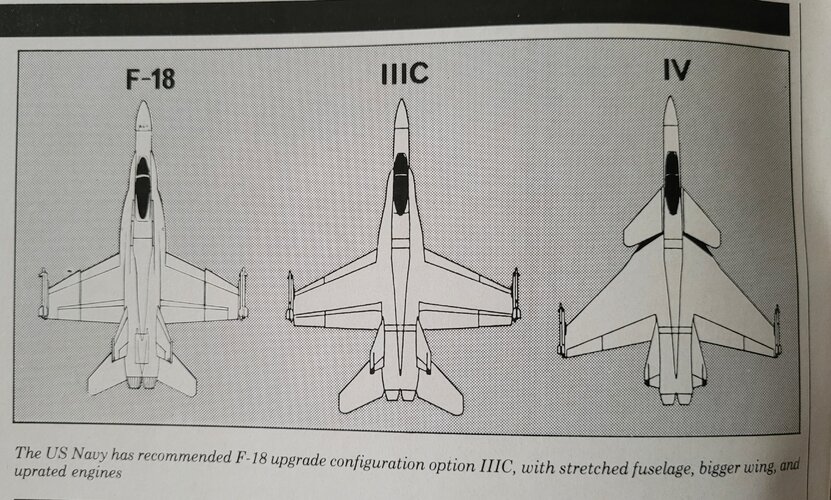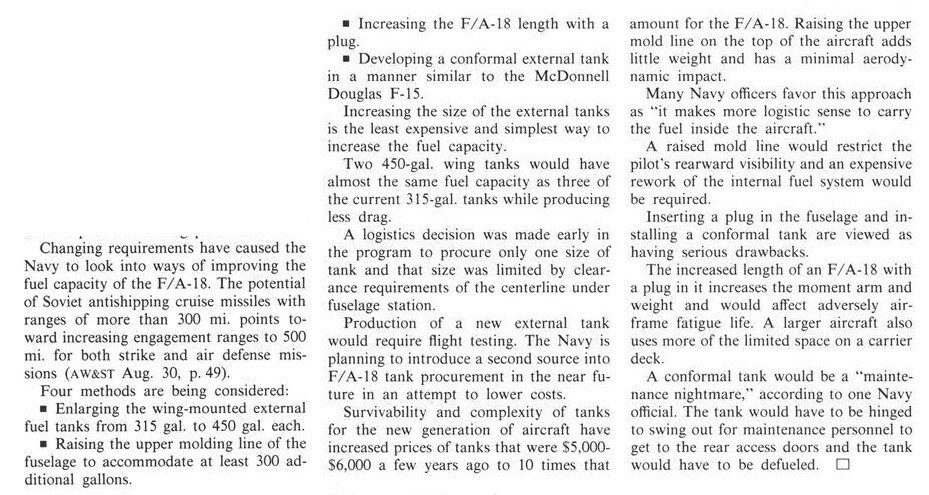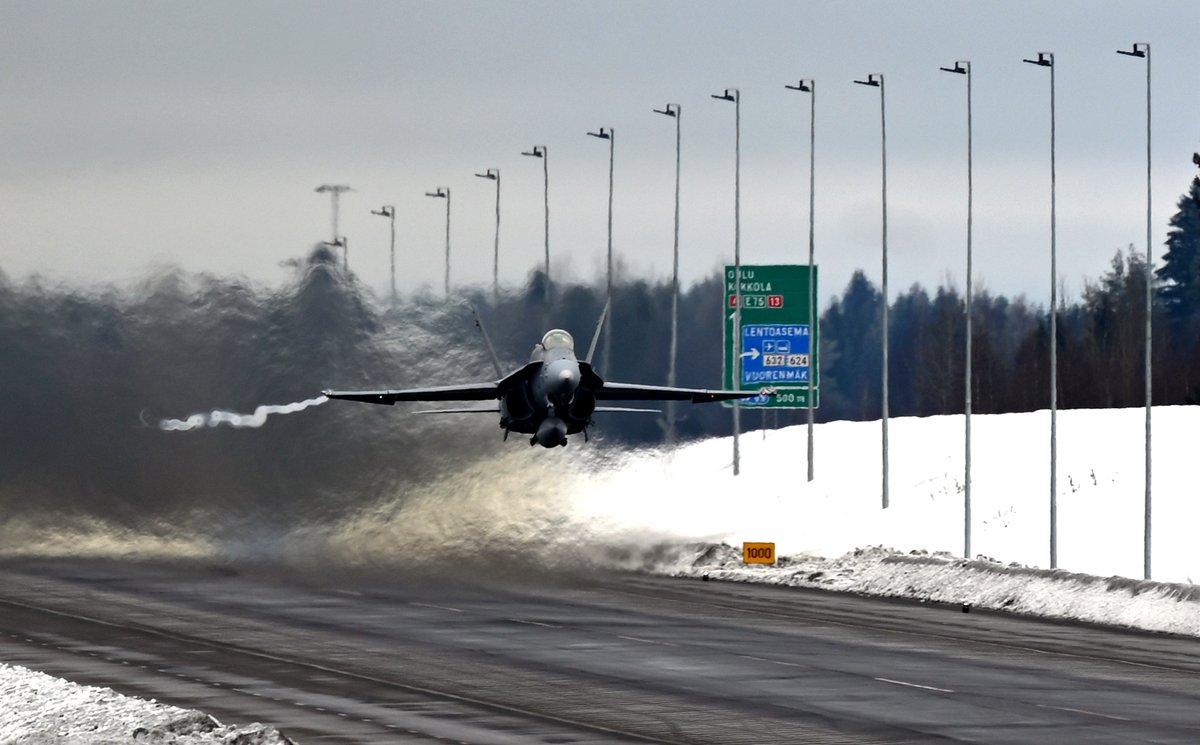APG-73 GROWS FROM FULLY EXPLOITED APG-65
MICHAEL A. DORNHEIMJUNE 141993
APG-73 GROWS FROM FULLY EXPLOITED APG-65
MICHAEL A. DORNHEIM
LOS ANGELES
The Hughes APG-73 radar, now in developmental flight test, provides a new hardware environment to continue the software evolution of its predecessor, the APG-65.
The APG-73 is expected to succeed the Hughes APG-65 on new McDonnell Douglas F/A-l8 attack fighters next year. Pilots will immediately notice better resolution in both air-to-air and ground-mapping use, but the main impact will evolve from future upgrades into the next ! century.
The APG-65 has reached the end of its life cycle. It became operational in 1981, and after five generations of software upgrades its hardware is fully exploited. The APG-73 adds new processors that are many times more powerful while retaining the traveling wave tube transmitter and antenna of the APG-65. And for growth beyond the year 2000, the APG-73 has provisions to replace the transmitter and antenna with a solid-state active array antenna.
Hughes Radar Systems and the Navy are testing the APG-73 on an F/A-l 8C at the Naval Air Warfare Center, China Lake, Calif. The radar first flew on Apr. 15, 1 992, and more than 96 flights have been made with all components "performing as expected," a Navy official said. Another F/A-l 8C will join the program shortly, and the development tests are scheduled to end in July. Technical evaluation tests were originally set for July through September, but may be delayed slightly by other development activities. The first operational evaluation runs from October through next January.
There will be a second "Navy-only" operational evaluation starting in January, 1995. The Navy will approve the radar for full-rate production if this second opeval is successful.
The first delivery is scheduled earlier, in mid-1994 on a Marine Corps F/A1 8D, tentatively to MC AS Beaufort, S. C. All subsequent F/A-l 8C/Ds and E/Fs will have the APG-73. The Navy has decided to retrofit the APG-73 back to Lot 12, which was first delivered in October, 1989.
Finland's air force will receive 64 F/A1 8C/Ds with the APG-73 starting in 1995, and the Swiss air force plans to buy 34 F/A-l 8C/Ds for 1996 delivery. There are currently no plans to put the APG-73 on other aircraft, a Hughes official said.
There could be 1,200-1,500 APG-73s built if the Navy's plans for F/A-l 8E/Fs and new and retrofitted F/A-l 8C/Ds, as well as foreign orders, come through.
APG-73 work started with a $ 179.2million full-scale development contract from McDonnell Douglas Aerospace in June, 1990. A $ 197.7-million contract was awarded in June, 1991, for productionimplementation and the 15 Fiscal 1992 production radars. The contract for Fiscal 1993 production is now being negotiated. The unit fly-away cost for the APG-73 is "slightly more" than that of the APG-65 for the same quantity, Hughes and Navy officials said.
Hughes considers the APG-73 to be a three-phase program. The first phase is the basic radar that is under contract. Besides better resolution, the radar has new navigation ground map and
electroniccountercountermeasures (ECCM) modes, and modes from the Hughes APG-70 radar on the McDonnell Douglas F-l 5E strike fighter for better performance. The weight is within a few pounds of the APG-65.
The second phase, not yet funded, would give real-time all-weather reconnaissance to F/A-l 8s by improving the synthetic aperture radar (SAR) mapping resolution and connecting the imagery to the advanced tactical air reconnaissance system (ATARS) recorder and data link. It would be the first software upgrade of the new APG-73 hardware. The Navy plans to start funding Phase 2 in Fiscal 1994.
With the high-resolution SAR linked to ATARS, the F/A-l 8 would have the reconnaissance capabilities of the APD-10 SAR pod formerly carried by Marine Corps RF-4s. The APD-10 is considered to be no longer maintainable, and the Marines want to replace it with the APG73 Phase 2. The Navy also is interested in high-resolution and very high-resolution SAR. The APG-73 could borrow
WKÊÊÊÊÊÊÊMÊÊamSÊÊmmœmmï . -some of these techniques from the Hughes advanced synthetic aperture radar system (ASARS) used on the Lockheed SR-71 and TR-1 spy airplanes.
Besides the software upgrades, APG73 Phase 2 SAR improvements would come from a compact inertial reference system located in the space made available by a smaller power supply. Airframe flexing hurts the SAR accuracy of the APG-73 Phase 1 and APG-65 because these models use the aircraft's midfuselage-mounted inertial system.
THE PHASE 2 RADAR-MOUNTED "motion sensor subsystem" would eliminate these flex errors. The unit could use fiberoptic gyroscopes, and would have higher update rates and finer acceleration and angular resolution better suited to SAR needs. Phase 2 also would add very high resolution SAR bombing modes from the APG-70.
The third phase would be the fitting of the active array antenna. This would give more transmitter power and a more agile electronically scanned beam. The current development contract requires that the APG-73 receiver have provisions for an active antenna, such as adequate pro-
cessing capability, internal wiring and external RF connections.
The APG-73 contract calls for only 60% of the hardware capacity to be used by the initial software, so that the remaining 40% of speed and memory is available for future growth. Specific improvements of the APG-73 over the APG65 include:
■ Faster analog-to-digital converters in the radar receiver. The 1 1-bit A/D converter in the air-to-air mode now runs at 5 MHz., compared with 1.3 MHz. in the APG-65. This gives a corresponding improvement in range resolution, to ideally a 100-ft. range cell, making it easier to count enemy aircraft in tight formation. The more precise absolute range gives more accurate weapon targeting calculations.
The 6-bit A/D converter in the air-toground mode is now running at 58 MHz., compared with 8 MHz. in the APG-65. This improves radar mapping resolution, making it easier to attack
ground targets. The APG-73 A/D converters use an improved version of the APG-65's silicon bipolar transistor technology.
■ A faster signal processor with 60 million complex operations per second (MCOPS) throughput, up from 7.14 MCOPS. The speed gives better Doppler resolution as it allows higher-order fast Fourier transforms to be used broadly, rather than selectively as on the APG-65. The higher Doppler resolution can better separate closely spaced aircraft and improves ECCM performance.
Sixty MCOPS allows for software growth, and another 20 MCOPS can be added later in an empty card slot. The new processor software is more maintainable as it is programmed in the Air Force's Jovial higher-order language. A waiver was obtained from using the Defense Dept.-mandated Ada language because Ada compilers were not mature when development started in early 1989, and to reuse Jovial software in Hughes' APG-70 and APG-71 processors, according to Jack O. Pearson, Hughes F/A-18 program manager.
■ A faster data processor with two million instructions per second speed. This improves the ability to track multiple targets and gives better ECCM. The processor has Mil-Std-1 750A architecture.
The data and signal processors now reside in one box instead of two for more reliable and shorter interconnections that make synchronization easier. Modules are connected by a printed wiring board backplane instead of wire-wrapped connectors for simpler production.
■ More memory. The signal processor has one megaword bulk memory and the data processor has two megawords firm memory. The extra memory mainly provides for growth in areas such as improved air-to-air velocity and range resolution, and improved SAR resolution.
■ Broader receiver bandwidth. This allows the APG-73 to operate with Marine Corps targeting beacons currently used with the Grumman A-6 attack aircraft that are beyond the frequency range of the APG-65. The broader bandwidth also helps the radar tune away from enemy countermeasures.
■ Binary pulse compression. The APG73 has greater pulse compression than the APG-65, leading to higher air-to-air range resolution, and for some air-toground modes, more power on the target due to a longer pulse length.
■ A range presum filter for better lookdown performance against clutter.
■ A smaller, more efficient low-voltage
power supply using solid-state instead of relay switching, and thin magnetic devices. Efficiency has increased to 85% from 72% because of a higher switching frequency and better heat-sinking of the magnetics. ■
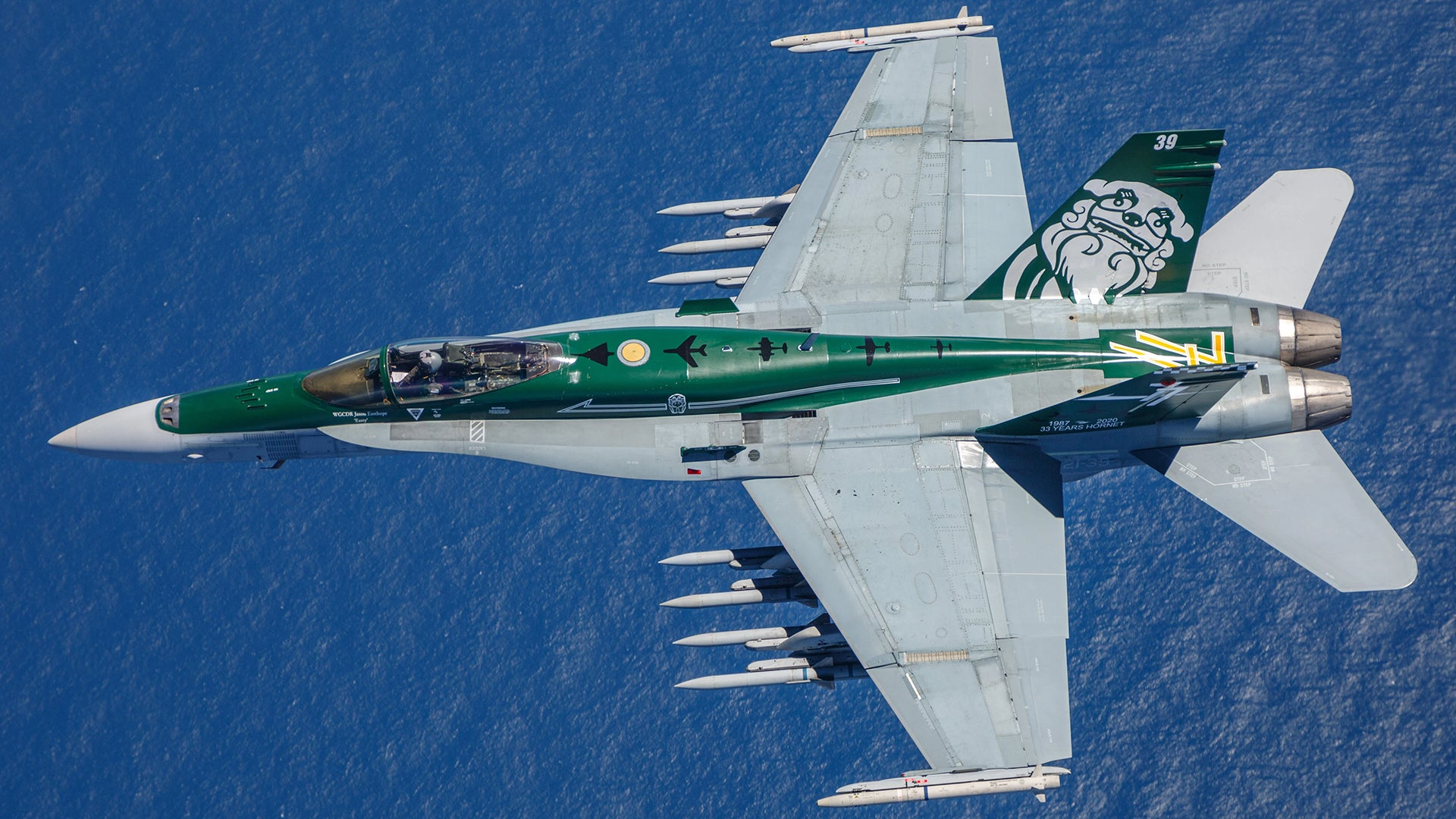
 www.thedrive.com
www.thedrive.com


